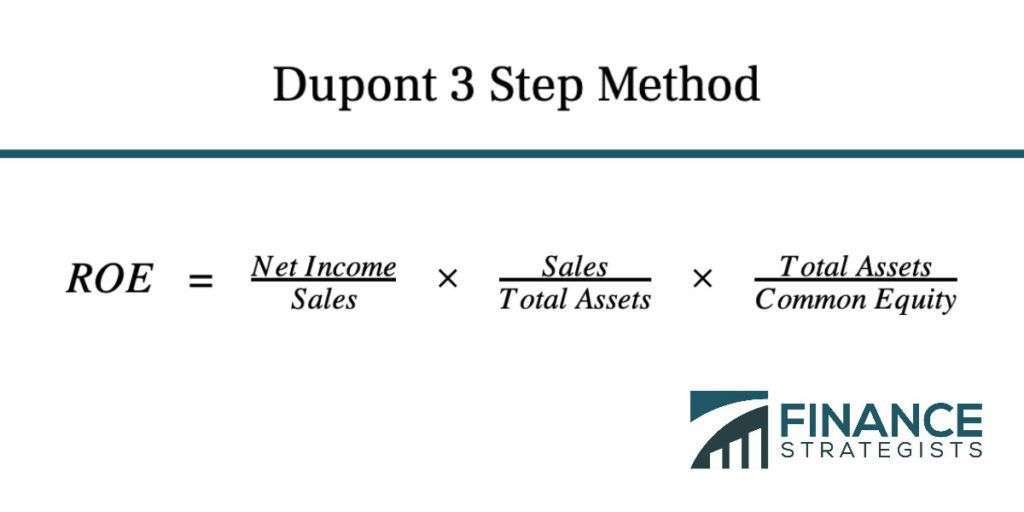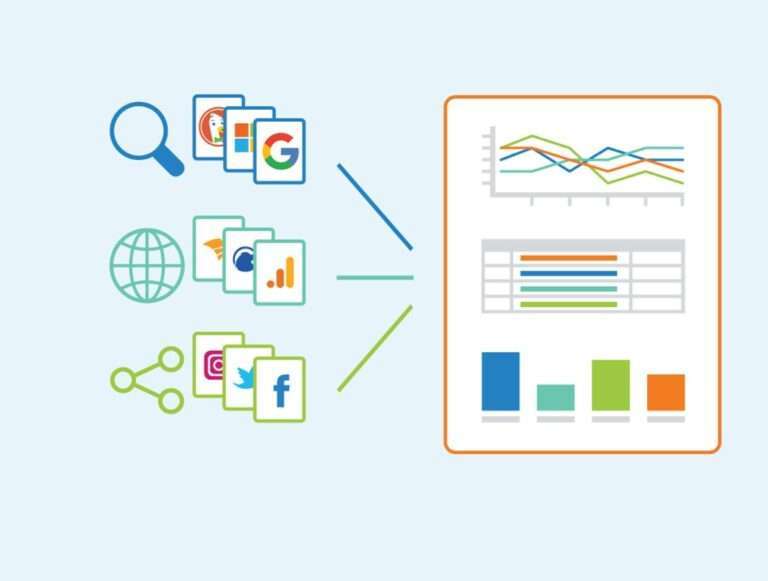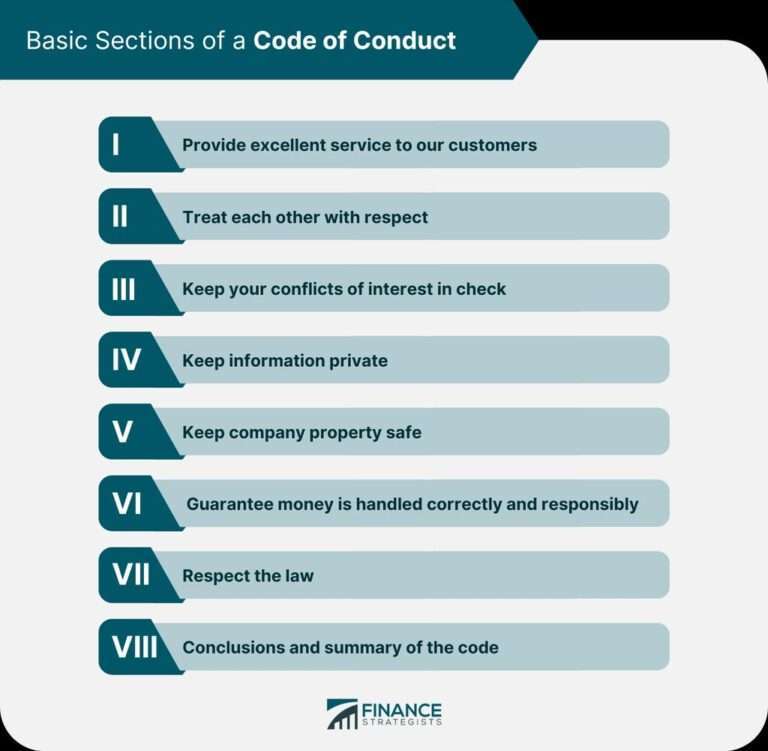What is Content ROI?
Overview
What is Content ROI?
Content ROI, or Return on Investment, refers to the measurement of the value generated by content marketing efforts. It is a way to assess the effectiveness and profitability of content strategies. ROI tracking is crucial in determining the return on the resources invested in creating and distributing content. By analyzing various metrics such as website traffic, conversions, and customer engagement, businesses can evaluate the success of their content campaigns and make data-driven decisions for future improvements. Understanding content ROI is essential for optimizing marketing strategies and maximizing the impact of content on business growth.
Why is Content ROI important?
Content ROI is a crucial metric for businesses as it directly measures the effectiveness and profitability of their content marketing efforts. By understanding the return on investment generated by their content, businesses can make data-driven decisions and allocate resources more efficiently. It provides insights into which content strategies and tactics are working and which ones need improvement. Content ROI also helps businesses demonstrate the value of their content marketing to stakeholders and justify their investments. It allows businesses to optimize their content marketing strategies, improve customer engagement, and ultimately drive revenue growth. With the ever-increasing competition and the need to stand out in the digital landscape, measuring and maximizing Content ROI is essential for long-term success.
How is Content ROI measured?
Measuring the return on investment (ROI) of content is crucial for businesses to determine the effectiveness and success of their content marketing efforts. There are several key metrics and methods used to measure content ROI, including:
Website Traffic: One way to measure content ROI is by analyzing the increase in website traffic generated by the content. This can be done through tools like Google Analytics, which track the number of visitors, page views, and time spent on the website.
Conversion Rate: Another important metric is the conversion rate, which measures the percentage of website visitors who take a desired action, such as making a purchase or filling out a form. This can help determine how effective the content is at driving conversions.
Engagement Metrics: Engagement metrics, such as social media likes, shares, and comments, can provide insights into how well the content is resonating with the audience and generating interest.
Lead Generation: Content that generates leads, such as email sign-ups or contact form submissions, can be a valuable indicator of its ROI. Tracking the number of leads generated can help determine the success of the content.
Sales Revenue: Ultimately, the impact of content on sales revenue is a key measure of its ROI. By tracking the number of sales or revenue generated from content-driven campaigns, businesses can assess the direct financial impact of their content.
It is important to note that measuring content ROI is not a one-size-fits-all approach, as different businesses may have different goals and metrics that are relevant to their specific objectives. By analyzing a combination of these metrics and aligning them with business goals, organizations can gain a comprehensive understanding of the ROI of their content marketing efforts.
Types of Content ROI
Financial ROI
Financial ROI is a key metric in measuring the success of content marketing efforts. It provides insights into the profitability and return on investment generated from content initiatives. To calculate financial ROI, organizations typically compare the costs of creating and distributing content with the revenue generated as a result. This metric helps businesses determine the effectiveness of their content strategies and make data-driven decisions to optimize their marketing investments. By analyzing financial ROI, companies can identify which content pieces or campaigns are delivering the highest return and allocate resources accordingly. It is important for businesses to track and measure financial ROI to ensure their content efforts align with their overall business objectives and drive tangible results.
Engagement ROI
Engagement ROI measures the effectiveness of content in capturing and retaining the attention of the target audience. It goes beyond just the number of likes, shares, and comments, and focuses on the quality and depth of engagement. This includes metrics such as time spent on the page, scroll depth, and click-through rates. By analyzing engagement ROI, you can gain insights into how well your content resonates with your audience and identify areas for improvement. To optimize engagement ROI, it is important to create compelling and relevant content that sparks meaningful interactions. Additionally, leveraging interactive elements such as polls, quizzes, and videos can further enhance engagement. Ultimately, a high engagement ROI indicates that your content is successfully connecting with your audience and driving meaningful interactions. To learn more about measuring and improving engagement ROI, visit Unifire for practical tips and tools.
Brand Awareness ROI
Brand awareness is a crucial aspect of content ROI as it measures the impact of content in increasing the visibility and recognition of a brand. It is important for businesses to track brand awareness to understand the effectiveness of their content in reaching and resonating with their target audience. One key metric used to measure brand awareness is CTR (Click-Through Rate), which indicates the percentage of people who clicked on a link or advertisement after viewing the content. A high CTR suggests that the content successfully captured the attention and interest of the audience, leading to potential brand recognition and engagement. To improve brand awareness ROI, businesses should focus on creating compelling and relevant content that aligns with their brand values and resonates with their target audience. Additionally, leveraging different distribution channels and analyzing audience feedback can provide valuable insights for optimizing content strategies and maximizing brand awareness. To learn more about measuring content ROI and enhancing brand awareness, visit Unifire for practical tips, resources, and expert advice.
Factors Affecting Content ROI
Quality of Content
The quality of your content is a crucial factor in measuring content ROI. High-quality content that is relevant, informative, and engaging can drive higher conversion rates and increase customer satisfaction. It is important to conduct thorough research and gather data on your target audience’s preferences and interests to create content that resonates with them. Additionally, regularly updating and optimizing your content based on feedback and analytics can help improve its quality and effectiveness. By focusing on creating high-quality content, you can enhance your content ROI and achieve better results for your business.
To learn more about how to improve the quality of your content and measure its ROI, visit Unifire for practical tips and tools.
Target Audience
Understanding your target audience is crucial when measuring content ROI. By identifying the specific demographics, interests, and pain points of your audience, you can create content that resonates with them and drives engagement. Measurement is an essential aspect of determining the effectiveness of your content in reaching and engaging your target audience. It allows you to track metrics such as website traffic, click-through rates, and conversions to evaluate the impact of your content on your audience. By analyzing these metrics, you can make data-driven decisions to optimize your content strategy and improve your ROI. To effectively measure your content ROI, consider using tools like Google Analytics or social media analytics platforms to gather and analyze relevant data. By continuously monitoring and analyzing the performance of your content, you can refine your strategy and ensure that you are delivering valuable content to your target audience.
Distribution Channels
When it comes to measuring the ROI of content, distribution channels play a crucial role. The effectiveness of your content strategy relies heavily on how well you distribute your content to reach your target audience. Different distribution channels have varying levels of reach and engagement, which directly impact the return you can expect from your content efforts. It is important to carefully select the right channels that align with your target audience and business goals. By leveraging the right distribution channels, you can maximize the visibility and impact of your content, ultimately driving a higher return on investment.
Conclusion
Key Takeaways
After understanding what Content ROI is and why it is important, it is crucial to know how to measure it effectively. There are different types of Content ROI, including Financial ROI, Engagement ROI, and Brand Awareness ROI. Factors that affect Content ROI include the quality of content, target audience, and distribution channels. To improve Content ROI, it is essential to focus on creating high-quality content that resonates with the target audience and utilizing the right distribution channels. In conclusion, measuring Content ROI is vital for businesses to evaluate the success of their content marketing efforts and make data-driven decisions to optimize their strategies.
Future Trends
As content marketing continues to evolve, there are several key trends that are shaping the future of measuring content ROI. One major trend is the focus on individual campaigns. Rather than looking at content ROI as a whole, marketers are now recognizing the importance of evaluating the success of each individual campaign. This allows for more targeted analysis and optimization, leading to better overall ROI. Additionally, advancements in technology are providing marketers with more sophisticated tools and metrics to measure content ROI. From advanced analytics platforms to AI-powered algorithms, these tools are enabling marketers to gain deeper insights into the impact of their content and make data-driven decisions. Another trend is the increasing emphasis on engagement metrics. While financial ROI is still important, marketers are realizing that engagement metrics, such as social shares, comments, and time spent on page, provide valuable insights into the effectiveness of their content. By measuring and analyzing these metrics, marketers can better understand how their content is resonating with their audience and make adjustments to improve engagement. Finally, there is a growing recognition of the importance of long-term brand awareness. Marketers are understanding that content ROI goes beyond immediate financial returns and includes the impact on brand perception and recognition. By investing in content that builds brand awareness and loyalty, businesses can create a strong foundation for long-term success. In conclusion, the future of measuring content ROI lies in the focus on individual campaigns, the use of advanced technology and metrics, the emphasis on engagement, and the recognition of brand awareness as a key factor.
In conclusion, Unifire is the ultimate tool for extracting summaries, keywords, and titles from your podcast and repurposing your content. With Unifire, you can save time and effort by automating the process of generating valuable content. Whether you’re a content creator, marketer, or podcaster, Unifire can help you optimize your content strategy and reach a wider audience. Don’t miss out on the opportunity to enhance your content creation workflow. Visit Unifire today and start maximizing the potential of your podcast content!






